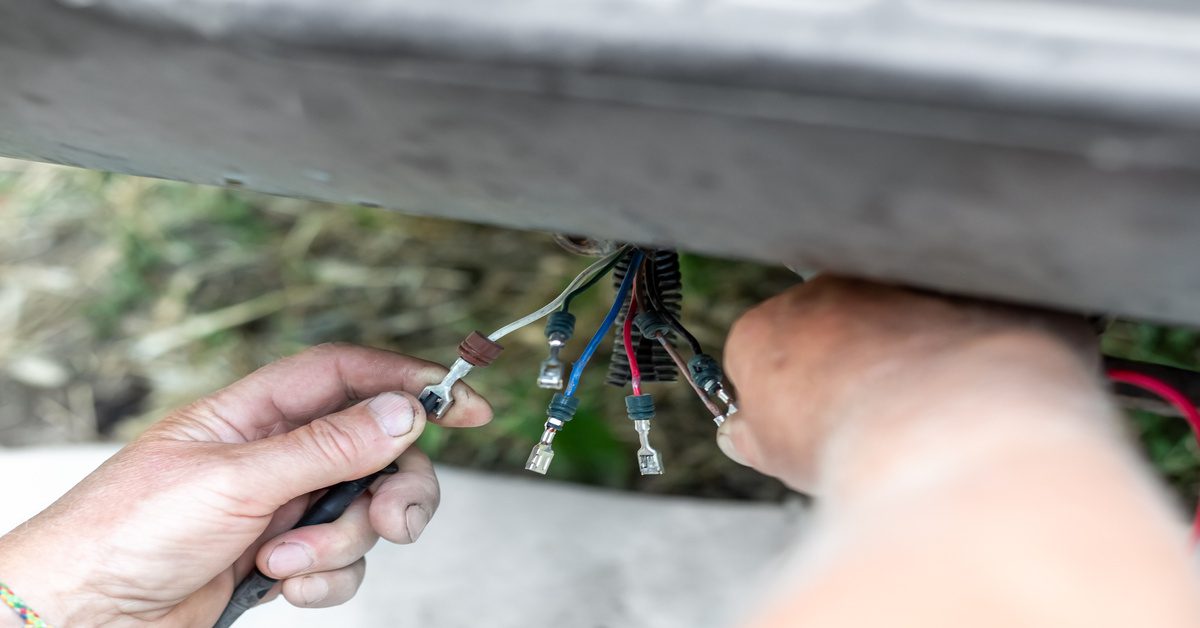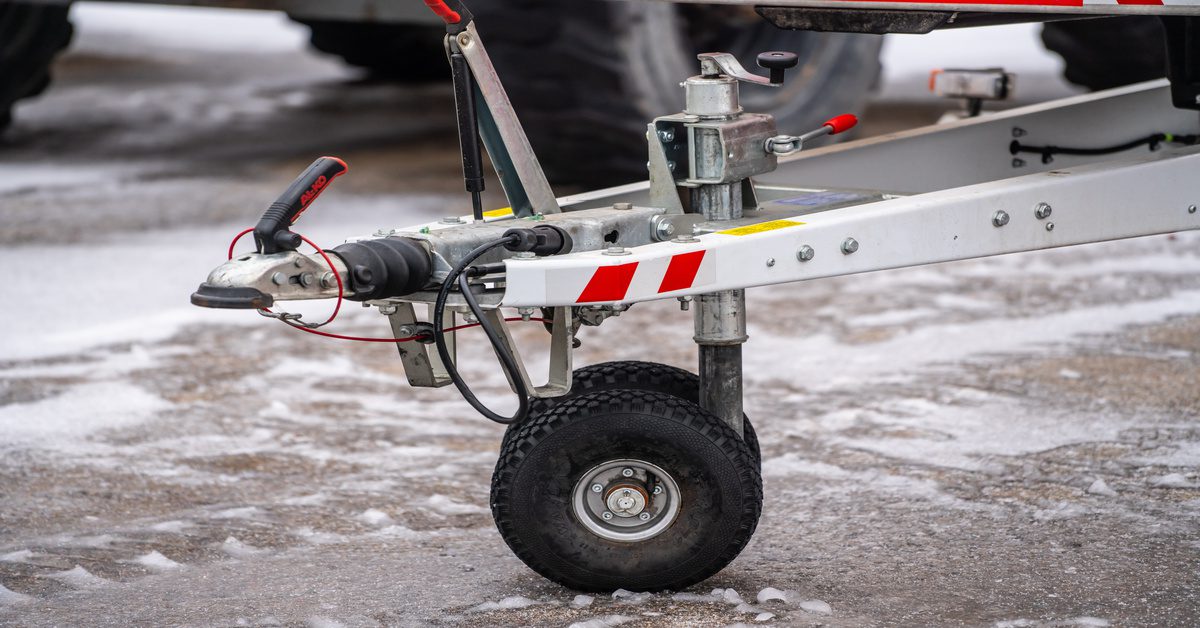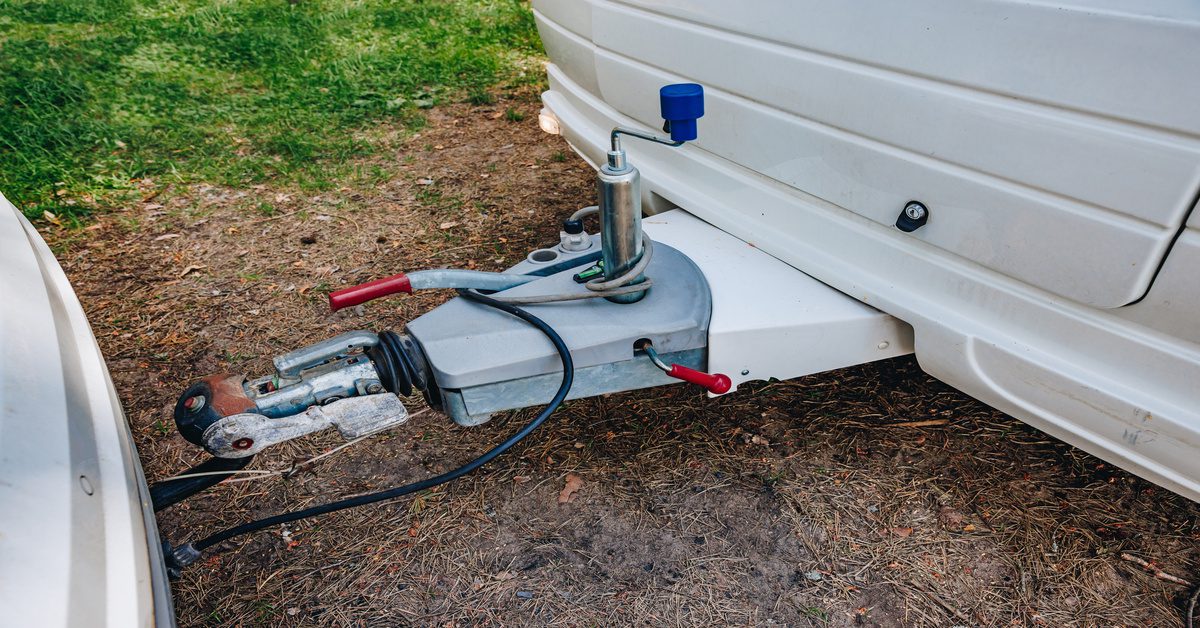Trailer wiring harnesses come with different connections, and your choice between them influences how well your vehicle handles a trailer. The decision to install 4-wire or 5-wire trailer lighting systems affects both safety and functionality. Both systems have their place in the trailer world, and understanding their differences will help you make the right decision for your specific needs. Discover the benefits of each system to find the best fit for your trailer.
The Basics of 4-Wire and 5-Wire Systems
A standard 4-wire trailer lighting system provides four essential connections that handle basic lighting needs. The system includes dedicated wires for tail lights, left turn and brake signals, right turn and brake signals, plus a ground connection to complete the electrical circuit. This setup covers the fundamental lighting requirements for most standard trailers without additional features.
The 5-wire system expands on this foundation by adding a fifth active wire specifically for reverse lights. This additional wire allows your trailer to illuminate backup lights whenever you shift your towing vehicle into reverse gear. The reverse lighting function enhances visibility during backing maneuvers and provides additional safety benefits in various situations.
Identifying Your Vehicle’s Wiring System

Your towing vehicle’s existing wiring configuration directly influences which trailer lighting system will work best for your setup. Verify your vehicle’s wiring system by examining the trailer connector or consulting your owner’s manual for specific electrical specifications. Matching your trailer’s wiring to your vehicle’s output ensures seamless compatibility and proper lighting function.
Compatibility between your vehicle and trailer wiring systems prevents electrical issues that could compromise safety or damage components. Mismatched systems often require adapters or converters that can introduce potential failure points or reduce overall system reliability. Planning your wiring choice around your vehicle’s existing capabilities saves time and reduces complexity during installation.
Trailer Functionality Requirements
Basic trailers designed for simple hauling tasks typically function well with standard 4-wire lighting systems. Standard utility trailers, small boat trailers, and basic equipment haulers fall into this category, where 4-wire systems provide adequate functionality. The straightforward design keeps costs reasonable while meeting legal requirements for road use.
Trailers with enhanced features or specific operational requirements often benefit from 5-wire lighting systems that support additional functions. Larger boat trailers frequently require reverse lights to illuminate launch ramps during backing procedures in low-light conditions.
Enclosed cargo trailers and RV trailers may include interior lighting circuits that connect through a 5-wire system for added convenience. Work trailers with hydraulic equipment or specialized gear often incorporate additional electrical features that utilize the extra wire capacity. When you install 5-wire trailer lighting, you create flexibility for current and future electrical needs.
Safety Features
Reverse lights significantly improve safety during backing maneuvers by illuminating the area behind your trailer. These lights help you see obstacles, guide posts, and other vehicles that might otherwise remain hidden.
The additional visibility helps prevent accidents during loading dock approaches, boat launches, and tight parking situations where precision matters most. Other drivers also benefit from seeing your reverse lights, as they signal your intention to back up in traffic.
The safety benefits of reverse lights become especially apparent during night operations or in poorly lit areas. Construction sites, marinas, and storage facilities often have limited lighting where reverse illumination provides crucial visibility. Professional operations that frequently require precise backing benefit significantly from the enhanced visibility that reverse lights provide.
Local Legal Requirements
Trailer lighting regulations vary significantly between states, provinces, and local jurisdictions regarding required lighting features. Some regions mandate reverse lights for trailers exceeding specific weight or length thresholds as part of their safety regulations. Commercial operations often face stricter lighting requirements that may require 5-wire systems to meet compliance standards.
Local enforcement agencies interpret regulations differently, so checking with authorities in your area ensures you meet all applicable requirements. Documentation from local transportation departments provides clear guidance on lighting requirements for your specific trailer type.
Installation Complexity

4-wire trailer lighting involves fewer connections and simpler routing compared to 5-wire systems. Four wires require less time to run through the trailer frame and connect to individual light fixtures. Color-coded wires in standard 4-wire harnesses follow universal conventions that simplify the installation process for most users.
Troubleshooting 4-wire systems requires checking fewer connections when electrical problems occur during operation. Many trailer owners will complete 4-wire installations using basic tools and following manufacturer instructions without professional assistance.
Installing 5-wire trailer lighting requires running an additional wire from the connector to reverse light locations throughout the trailer. The extra wire requires careful routing to avoid interference with other systems while maintaining proper electrical connections.
Quality 5-wire harness kits include detailed instructions and labeled wires that help streamline the installation process. Professional installation may be worthwhile for complex trailers or when you lack experience working with electrical systems.
Future Flexibility and Upgrades
Choosing 4-wire lighting now may limit your ability to add reverse lights without significant rewiring efforts later. Future upgrades to 5-wire capability require running additional wires through the trailer frame and replacing the main connector.
The cost and complexity of upgrading from 4-wire to 5-wire systems often exceed the initial investment in 5-wire capability. Limited expandability may become an issue if your trailer use patterns change or regulations become more stringent. Consider your long-term plans for the trailer when evaluating which system provides the best value.
Towing Vehicle Adaptability
Vehicles equipped with 4-wire trailer outputs accommodate 5-wire trailers through converter modules that adapt the signals appropriately. These converters split the combined turn and brake signal from 4-wire systems into separate functions required by some 5-wire trailer configurations. However, reverse light functionality may be limited or unavailable when using converters to bridge system differences.
Towing vehicles with 5-wire outputs provide maximum flexibility for 4-wire and 5-wire trailer systems without adapters. The 5-wire vehicle system easily accommodates 4-wire trailers by simply leaving the reverse wire unconnected at the trailer. Full 5-wire functionality remains available when you connect 5-wire trailers to vehicles with matching electrical capability. This flexibility allows you to tow different trailers with varying lighting requirements using the same vehicle setup.
Long-Term Durability and Maintenance
Fewer wires means fewer potential failure points that could disrupt trailer lighting operation. The simplified electrical circuits of 4-wire systems reduce the complexity of troubleshooting when lighting problems occur during service. Maintenance requirements remain minimal because standard 4-wire systems use proven technology with excellent reliability records.
While 5-wire systems include additional components, proper installation and quality materials provide excellent long-term reliability. Modern 5-wire harnesses use weather-resistant connections and durable wire insulation that withstand harsh operating conditions.
Quality OEM trailer parts ensure that 5-wire systems deliver reliable performance throughout the trailer’s service life. The additional functionality often justifies slightly increased maintenance complexity for users who benefit from reverse lighting capability.
Your specific situation determines your choice between 4-wire or 5-wire trailer lighting in your setup. Consider your towing frequency, cargo types, local regulations, and trailer design when making this choice.


No comments yet.